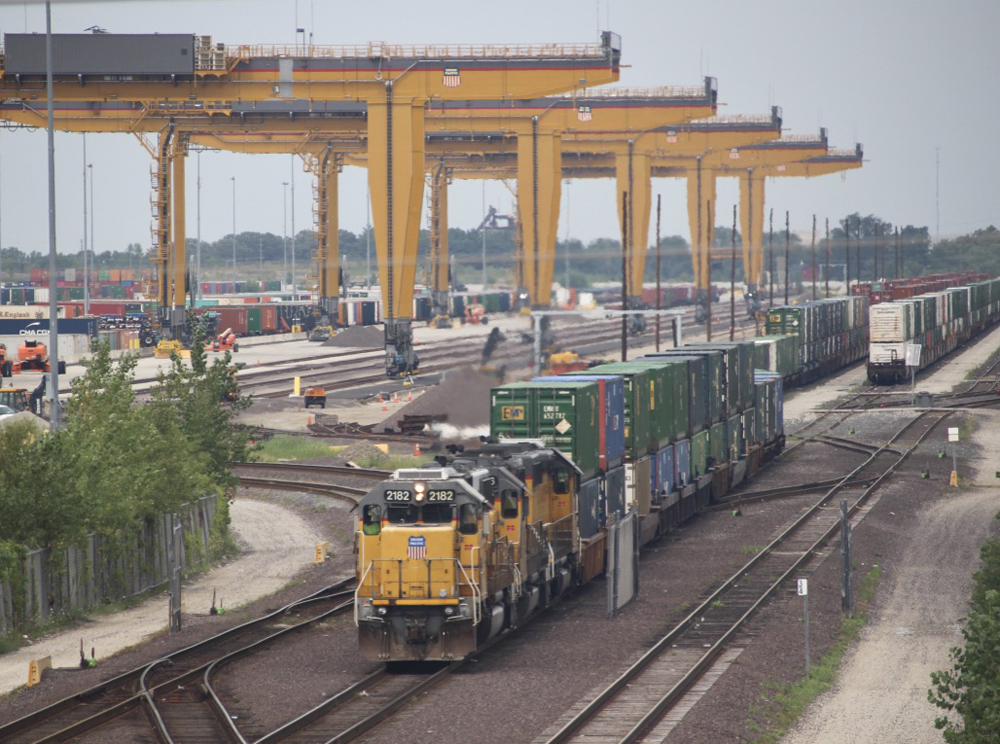
OMAHA, Neb. — Union Pacific is implementing a technology strategy that focuses on safety, service, and operational excellence, and a customer-focused approach where real-time information is now a standard expectation, the company said in a recent webinar for customers.
Kenny Rocker, UP executive vice president of marketing and sales, highlighted the role of application programming interface, or API, functions in enhancing customer communication. APIs allow software systems to talk to each other and request data and functionality. This allows customers to receive real-time updates on their shipments, Rocker said, providing crucial insights into location and status.
Union Pacific has 65 available APIs for invoices, shipment tracking, car orders, routes, and more. More than 300 customers have signed up, with a total 100 now active.
“You can see where we’re headed as a company, and we’re excited about all the tech that we’re invested in,” Rocker says. Comprehensive container GPS tracking, which gives customers visibility of their shipments at nearly every move, also complemented this technological forward leap.
The carrier has completed GPS installation on approximately 90% of its container fleet, including door and load sensors, Rocker said. This will enable enhanced notification alerts and customizable geo-fencing, which can trigger a response when a container enters or leaves a particular area.
A total of 1,500 railcars will be equipped by year’s end with RailPulse, the digital platform that provides real-time railcar data including load status, and door and brake sensors.
Rocker said the improvements are expected to enhance safety, reduce cost, boost efficiency, and improve the customer experience.
Rishi Patel, assistant vice president of enterprise and customer technology, said the company’s digital transformation efforts include the launch of an updated website and a new customer portal.
Intermodal technology and efficiency
Technology is equally transformative in Union Pacific’s intermodal operations, according to Pat Linden, assistant vice president of marketing and sales. Linden points to the advancements in driver feedback and gating processes as key improvements, notably through the UPGo mobile app for truck drivers.
“We take this feedback seriously, which is why UPGo was implemented,” Linden said. Paired with machine vision for no-stop terminal gates, Union Pacific has significantly reduced wait times at ramps. Linden said concerns from draymen about wait times when getting containers out of stack at its Global IV Intermodal Terminal in Joliet, Ill., led UP to use gate technology data to zero in on the root causes for the extended waits.
The end result, Linden says, “was a shorter wait time at the ramp, increased turn times for the dray driver, and an improved process for the (cargo owner). Now all our drivers currently using the UPGo app and accessing the ramp have access to this technology, and can take advantage of these features within the app.”
Linden said 93% of truck drivers serving UP terminals now use the app. Ingating is now 65% faster, with 45% fewer gate exceptions.
Union Pacific is also using precision gating technology, or PGT, within the app to speed ingating at intermodal terminals. Machine vision scans the truck, container, and chassis to identify potential issues and automatically begins the ingate process, matching it to a scheduled UPGo event.
The new Kansas City Intermodal Terminal opening in July will include precision gating, UP Go, and GPS, all “driving efficiencies at our ramp and a more positive driver experience,” said Linden.
Technology and operations
Union Pacific’s operational strategy is intertwined with technological innovations that bolster both safety and service.
Eric Geringer, executive vice president of operations, explained the role of adaptive planning in maintaining service reliability.
“Adaptive planning takes the information from those events, feeds them into a centralized computer system that then, in a matter of minutes, calculates the optimum outcome or optimum response to that incident,” says Geringer. Such systems enable swift decision-making, crucial for a network stretching over 32,000 miles of track.
The system enables UP in the case of, for example, a flooding event to reroute trains in a matter of minutes rather than what used to take days when working with Excel spreadsheets.
“At the same time, this is also about service. It’s about giving through technology as much transparency as possible to our frontline leaders. So whether they’re working through their daily activities to move cars into and out of their terminal or they’re responding to a customer’s question, this gives them more transparency and more ability to double-click into their business and make the fastest decision that’s best for our customers.”
To improve capacity to meet customer demand, UP has deployed technology in the field to automate and optimize some operations. The handheld MobileNX technology used by crews on the ground in terminals can reduce by as much as half the dwell for the average manifest car touching three terminals. The engineering department has deployed technology that has fundamentally redefined how the railroad distributes and installs 4 million ties per year, generating 50,000 hours of additional capacity.
Addressing cargo theft
Amid the dramatic rise in cargo theft, Geringer said the railroad since early 2023 has spent nearly $40 million to help its special agents, local police departments and other partners. “We want them to have the most actionable information possible to make the quickest, most prompt response to any type of securement issue, so that your freight gets from origin to destination without incident,” said Geringer.
The railroad in that time has added 52,000 linear feet of walls, barbed wire and crashproof fences; upgraded security at its automotive and intermodal facilities; and utilized theft-deterrent or barrier seals where practicable. More cameras, thermal imaging and drones have been added to keep watch on the system.
UP has also more agents as part of its proprietary police force, working with local and federal law enforcement, at seven locations from Los Angeles to Chicago.
The carrier has also formed joint task forces with local agencies, hired third-party security, escorted intermodal trains through the LA Basin, and partnered with customers to upgrade security.
Said Aaron Parsons, special agent in charge, “Our mission is simple, to safeguard our customers’ assets and maintain trust in every shipment.”
— A version of this article previously appeared at FreightWaves.com.






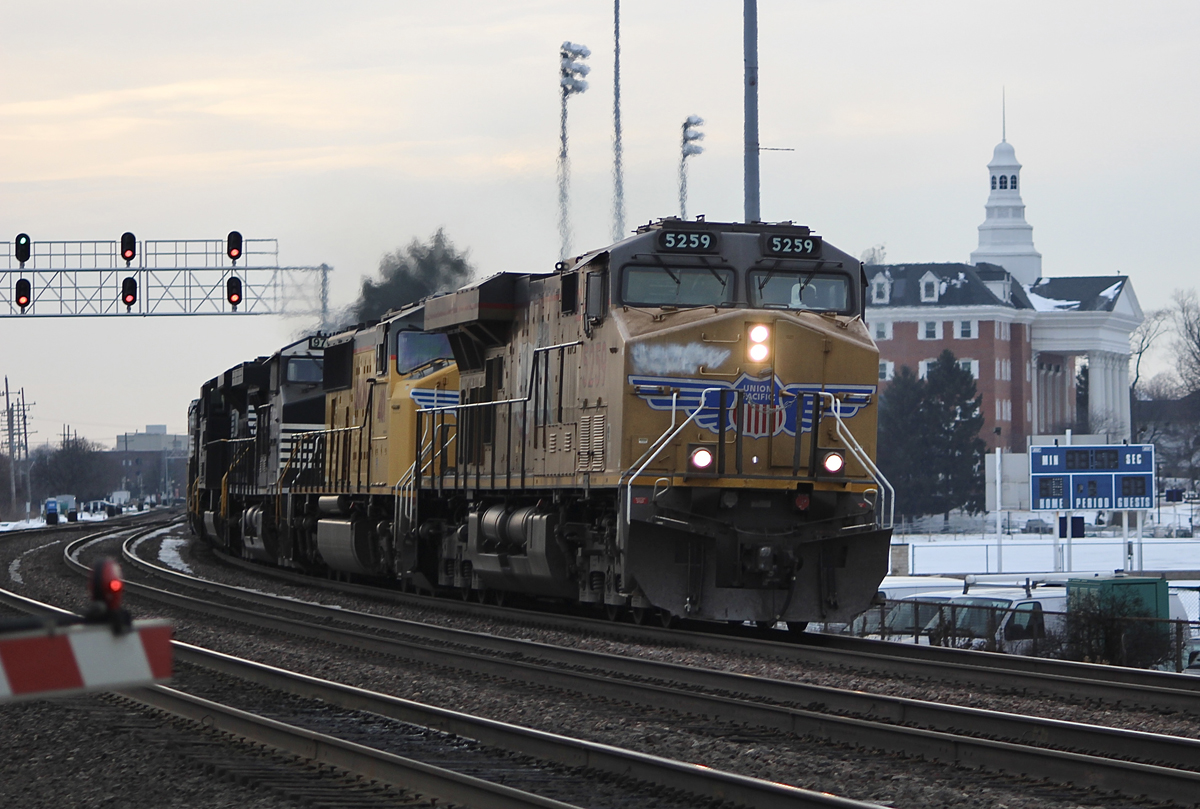
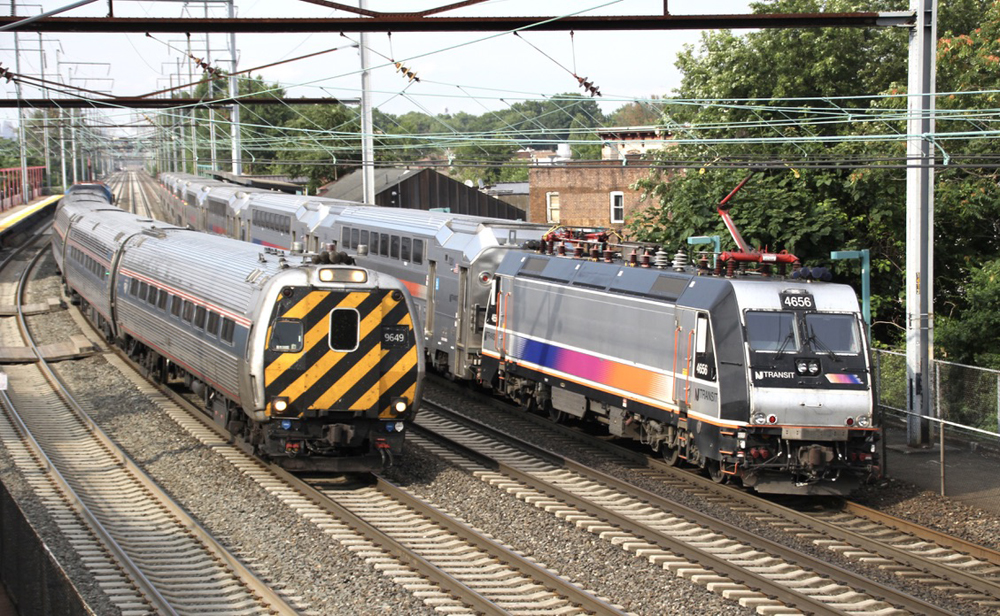
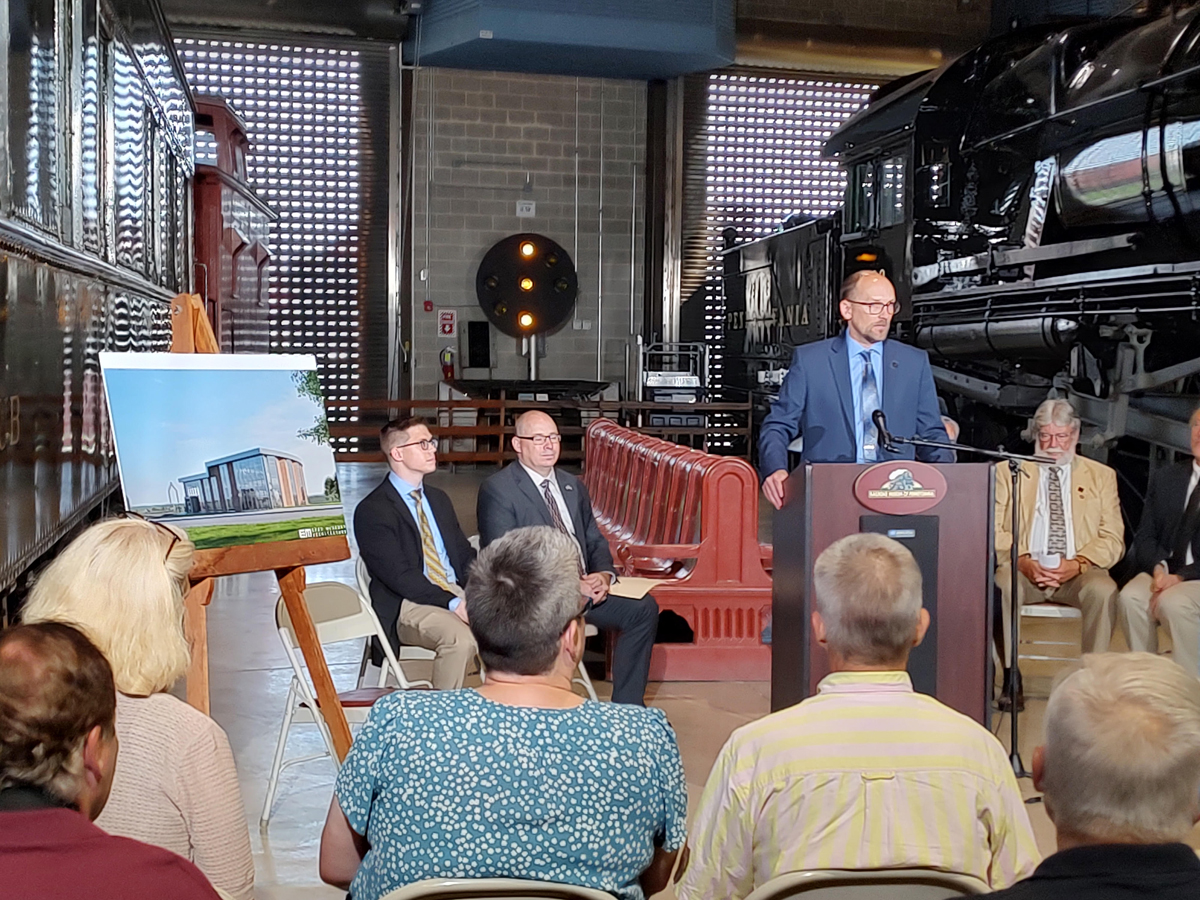
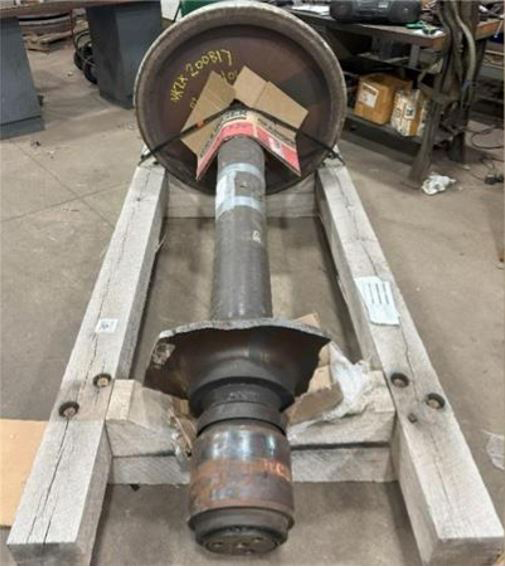
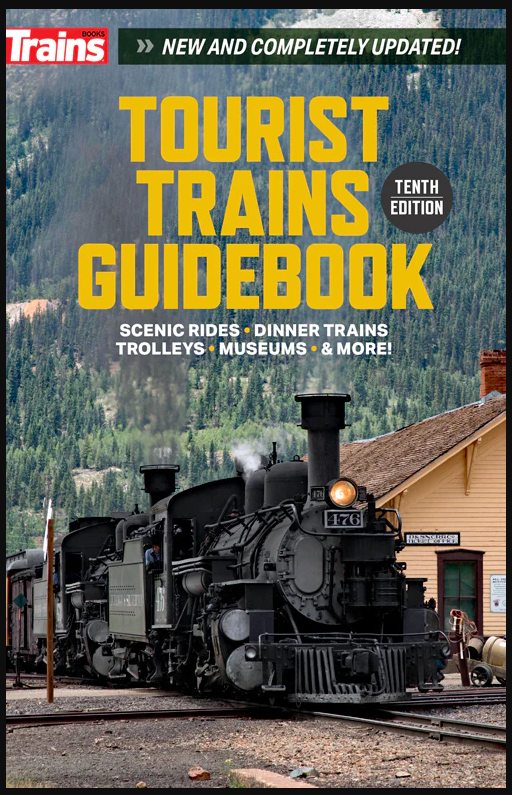
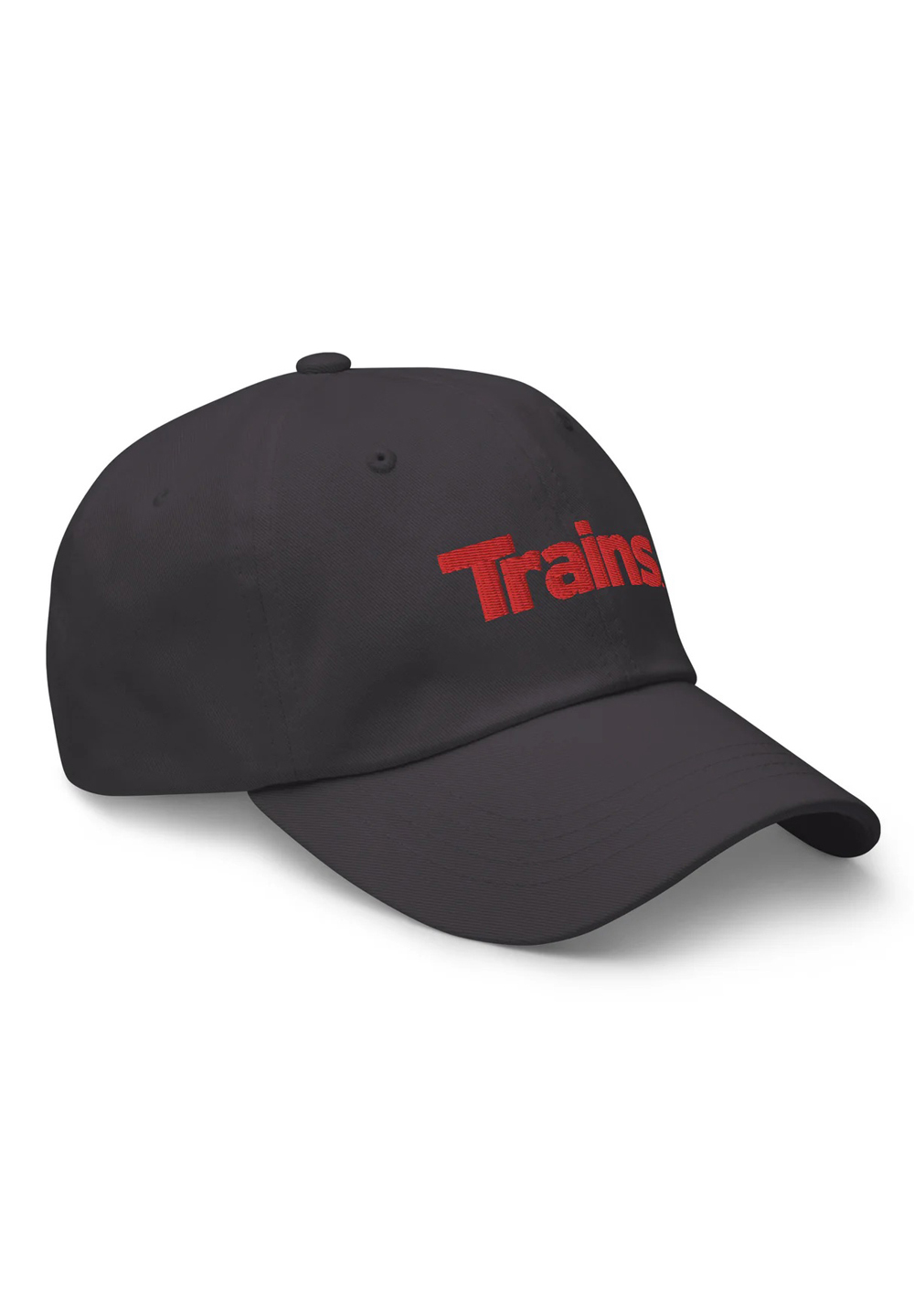
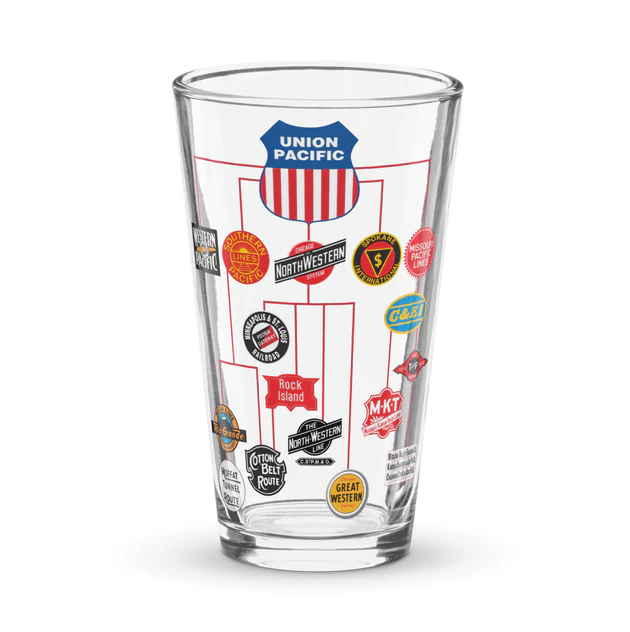
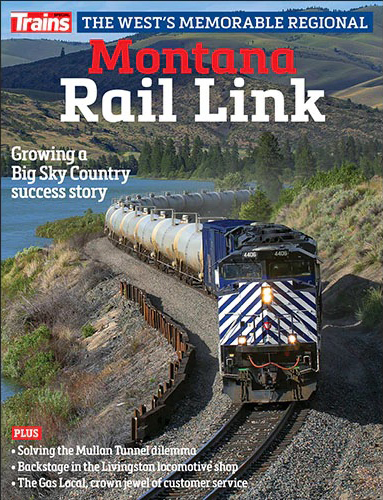
crime never sleeps nor those railroad police and special agents
In plain non-Vulcan english, UP has set up a B2B service for firms to track certain payloads.
Hopefully the B2B service is more granular than the “en route” description given for all payloads between a Pacific coast dock and a Chicago area logistics center (like Joliet).
If the service can show when the container is ready for offload to a trailer and provide the correct ramp to stage at in advance, I could see where there would be some efficiency gains. This is a step in the right direction.
These are the kinds of efficiencies they need to toot their collective horn about more often.
Uber has gotten into the freight business, I can dispatch for a truck to carry a size or weight, tells me when the truck will arrive, an estimate on when it will deliver, and tracks the payload. UP shouldnt be any different when paging for a pickup of a container. Lots of room for innovation in this space, and if anyone can do it, UP should be able to.